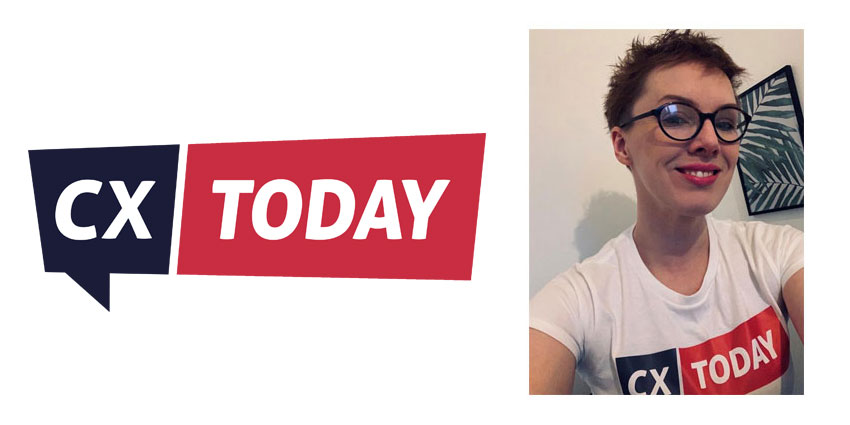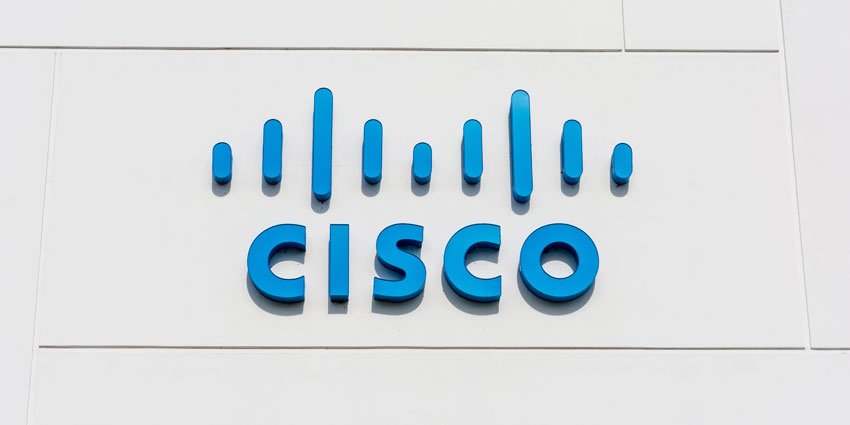In a week of fascinating news, features and insights among the CX stratosphere, a prominent article we compiled at CX Today came from a chat with our headline sponsor Odigo. I sat down for a virtual chat with Richard Gregory, senior account executive at the top CCaaS provider to discuss whether voice will continue to thrive in the 2021 contact centre. The interview was – as expected – an eye-opener, particularly as the traditional contact centre is no more following on from the effects of the pandemic. But the chat I had with Odigo really got me thinking about what the future has in store for the phone call in what we now call the modern contact centre.
Why is Voice So Important?
Now, more than ever, there is so much power in voice. Locked down individuals find comfort in using their voices to engage with others, whether that be via a socially-distanced chat with a post worker, a Microsoft Teams meeting with their colleagues or a phone call to their families. There’s a lot to be said for the way voice in general aids mental health too. It’s unlikely, Gregory told me, that voice will be knocked off the top spot for the most effective ways that customers engage with brands and businesses, but particularly during the pandemic.
He said: “I think the phone is still so prominent. But if you look at the customer profile you’ll see that Gen Z and Millenials have a clear preference for digital channels so that’s going to have an impact too. And I suppose reason for interaction too. So if you’re complaining you will probably want to do that by phone call rather than social media, but then again, some may want that wider audience when making that complaint.”
Will We Ever Move on From Voice?
Other channels are succeeding. This, experts say, is partly down to customers having no choice but to experiment with alternative channels. I tried it myself just this week. I put off calling an organisation when I Googled them and found they offered WhatsApp chat to connect customers to their agents. My query was answered within half an hour and as a result, I didn’t have to put up with hold times and could happily continue whatever activity I was undertaking while waiting for a free agent. I had been the participant of excellent CX, and when their advert appeared on TV later that evening, I praised them and made a mental note to use their services again.
The exchange got me thinking though. The words ‘customer demand’ have been cropping up time and time again, particularly when I conduct the many interviews we do for CX Today, but they always get spoken with negative connotations. There, it seems, is an implication that customer demand is causing numerous issues for businesses, sparking struggles with live agents being able to keep up. But if the suggestion is true that high customer demand is causing a certain impatience that in fact drives customers to try out new channels, how could this possibly be a bad thing? It’s prompting experimentation far and wide and customer data extracted from these CX experiences from alternative channels could – if harvested correctly – give businesses the blueprint they desperately need to claw their way back from the abyss of the pandemic. The trick though, is having enough alternative channel offerings for customers to be able to play and experiment with. And if businesses don’t? Well, there’s always voice to fall back on.






